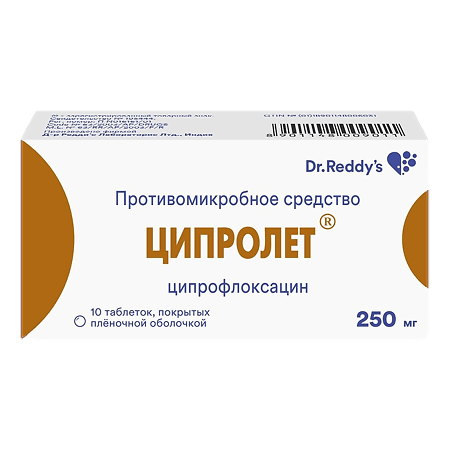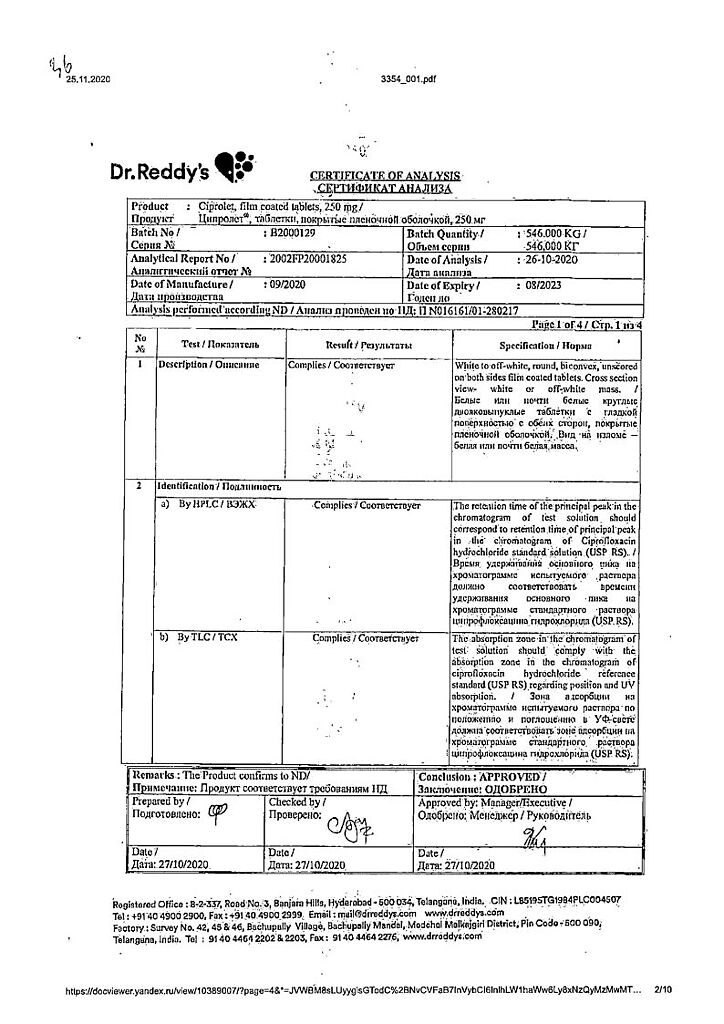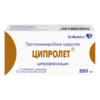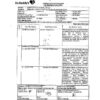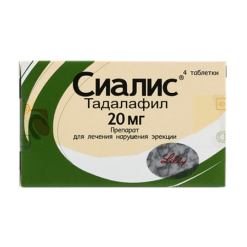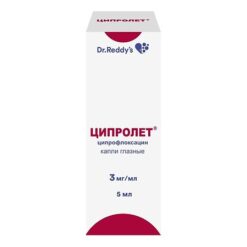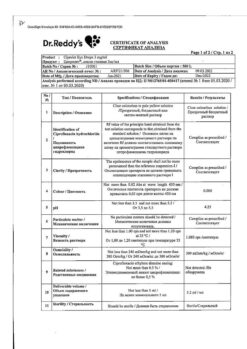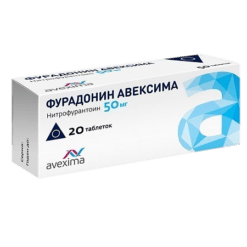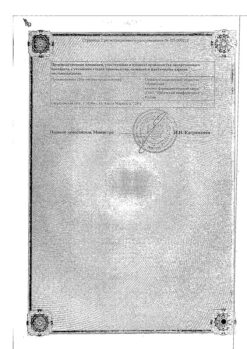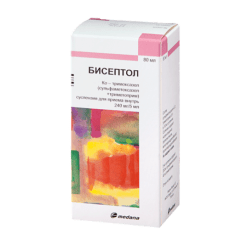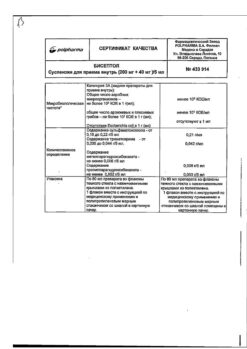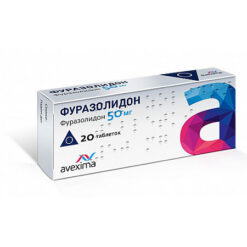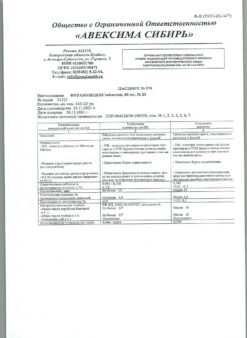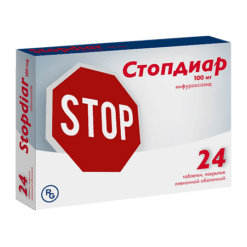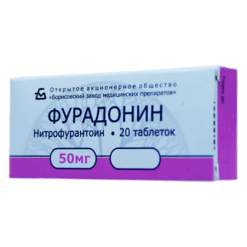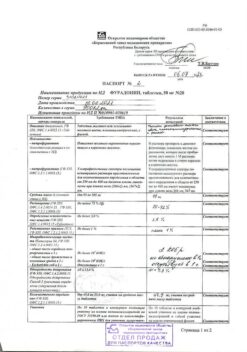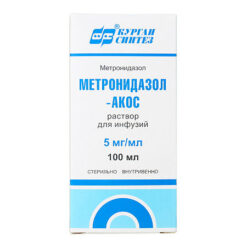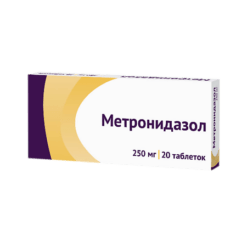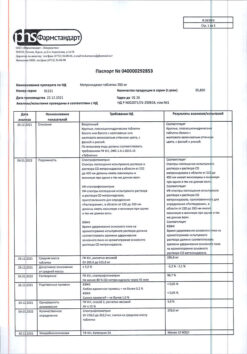No products in the cart.
Ciprolet, 250 mg 10 pcs
€2.12 €1.93
Description
Ciprolet is an antimicrobial drug of the group of fluoroquinolones.
The mechanism of action of ciprofloxacin is associated with its effect on bacterial DNA-hypase (topoisomerase),
which plays an important role in the reproduction of bacterial DNA.
Indications
Indications
Uncomplicated and complicated infections caused by microorganisms sensitive to ciprofloxacin.
Adults
– respiratory tract infections. Ciprofloxacin is recommended for pneumonia caused by Klebsiella spp., Enterobacter spp.,
Proteus spp., Escherichia coli, Pseudomonas aeruginosa, Haemophilus spp., Moraxella catarrhalis, Legionella spp. and staphylococci;
– infections of the middle ear (otitis media), paranasal sinuses (sinusitis), especially if these infections are caused by gram-negative microorganisms, including Pseudomonas aeruginosa or staphylococci;
– eye infections;
– kidney and/or urinary tract infections;
– genital infections, including adnexitis, gonorrhea, prostatitis;
– abdominal infections (bacterial infections of the gastrointestinal tract, biliary tract, peritonitis);
– infections of the skin and soft tissues;
– sepsis;
– infections or prevention of infections in immunocompromised patients (patients taking immunosuppressants or patients with neutropenia);
– selective intestinal decontamination in patients with reduced immunity;
– prevention and treatment of pulmonary anthrax (infection with Bacillus anthracis);
– prevention of invasive infections caused by Neisseria meningitidis.
Current official guidelines on the use of antibacterial drugs must be taken into account.
Children
– treatment of complications caused by Pseudomonas aeruginosa in children with cystic fibrosis of the lungs from 5 to 17 years old;
– prevention and treatment of pulmonary anthrax (infection with Bacillus anthracis).
Pharmacological effect
Pharmacological effect
Tsiprolet is an antimicrobial drug of the fluoroquinolone group.
The mechanism of action of ciprofloxacin is associated with the effect on DNA gyrase (topoisomerase) of bacteria,
playing an important role in the reproduction of bacterial DNA.
Special instructions
Special instructions
Severe infections, staphylococcal infections and infections caused by gram-positive and anaerobic bacteria
For the treatment of severe infections, staphylococcal infections and infections caused by anaerobic bacteria
ciprofloxacin should be used in combination with appropriate antibacterial drugs.
Active ingredient
Active ingredient
Ciprofloxacin
Composition
Composition
Each 250 mg film-coated tablet contains:
Pregnancy
Pregnancy
The safety of ciprofloxacin in pregnant women has not been established.
However, based on the results of animal studies, the possibility of adverse
effects on the articular cartilage of newborns; therefore, ciprofloxacin should not be prescribed to pregnant women.
Contraindications
Contraindications
Hypersensitivity to ciprofloxacin or other drugs from the fluoroquinolone group, as well as to excipients
(see section “Composition”). Concomitant use of ciprofloxacin and tizanidine due to clinically significant side effects
(hypotension, drowsiness) associated with an increase in the concentration of tizanidine in the blood plasma (see section “Interactions with other drugs”).
Side Effects
Side Effects
The adverse reactions listed below were classified as follows:
“very often” (>1/10 prescriptions), “often” (1/10 – 1/100 prescriptions),
“infrequently” (1/100 – 1/1000 prescriptions), “rarely” (1/1000 – 1/10,000 prescriptions),
“very rare” (< 1/10,000 prescriptions), “often unknown.”
Interaction
Interaction
When Tsiprolet is used simultaneously with didanosine, the absorption of ciprofloxacin is reduced due to the formation of complexes of ciprofloxacin with the aluminum and magnesium salts contained in didanosine.
The simultaneous use of Tsiprolet and theophylline can lead to an increase in the concentration of theophylline in the blood plasma,
due to competitive inhibition at cytochrome P450 binding sites, which leads to an increase in T1/2 of theophylline and an increased risk of theophylline-associated toxicity.
Simultaneous use of antacids, as well as drugs containing aluminum, zinc, iron or magnesium ions,
may cause a decrease in the absorption of ciprofloxacin, so the interval between the administration of these drugs should be at least 4 hours.
With the simultaneous use of Tsiprolet and anticoagulants, the bleeding time is prolonged.
With the simultaneous use of Tsiprolet and cyclosporine, the nephrotoxic effect of the latter increases.
Overdose
Overdose
Treatment: it is necessary to carefully monitor the patient’s condition, perform gastric lavage, carry out the usual emergency measures, and ensure sufficient fluid intake.
Using hemo- or peritoneal dialysis, only a small (less than 10%) amount of the drug can be removed.
A specific antidote is unknown.
Storage conditions
Storage conditions
In a place protected from light at a temperature not exceeding 25 ° C.
Keep out of the reach of children!
Shelf life
Shelf life
3 years.
Manufacturer
Manufacturer
Dr. Reddy’s Laboratories Ltd, India
Additional information
| Shelf life | 3 years. |
|---|---|
| Conditions of storage | In the dark place at the temperature not more than 25 °С. Keep out of reach of children! |
| Manufacturer | Dr. Reddy's, India |
| Medication form | pills |
| Brand | Dr. Reddy's |
Other forms…
Related products
Buy Ciprolet, 250 mg 10 pcs with delivery to USA, UK, Europe and over 120 other countries.

